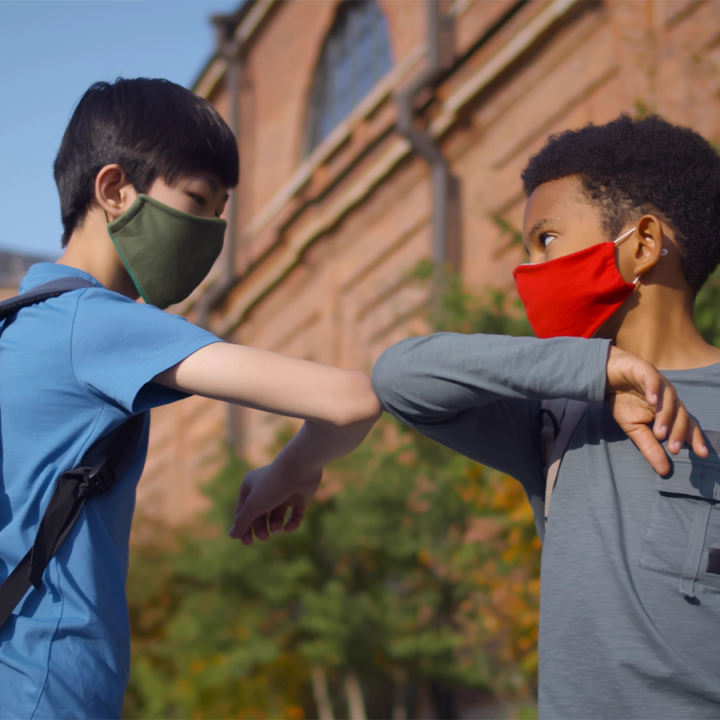After a year of isolation, it may be hard for some students to transition back to in-person socializing. Their social skills may have gotten rusty. They may feel uncomfortable speaking up and relating to classmates. Educators can play an important role in helping students ease into this transition. Here are six ways you can help foster social connections after COVID:
1 – Identify your includers
Identify students who naturally include others across different social groups. These are students who continually invite others to join in. They say things like, “Sit here,” “Come with us,” “Hey, check this out.” These students tend to have varied interests and those interests move them across different social groups.
When you identify these students, be sure to point out their strengths. You want more students to understand that including others is a behavior that pleases you. Students will imitate this behavior once they see it gets your praise.
Be sure to notice your soft-spoken includers who aren’t outgoing. Students often include quietly. Watch carefully for students who include one-on-one and commend them by saying things like:
“I love how you get others to join you.”
“You’re really outstanding at including others, you know that?”
“You inspire me the way you bring everyone together.”
2 – Teach your students that concern builds relationships
How can they show concern? Simple! Encourage your students to ask about others, their likes, their favorite activities, etc. We want to teach students how to show up in a range of situations. This includes how to show up when someone is sad, in a bad mood, or upset. Encourage them to show interest in others’ news by using phrases like, “That’s great,” or “That’s terrible,” or “Are you okay?”
Teach them to help others in simple ways. This could include sharing pencils, moving over so others can see a screen, and throwing things away for others when you’re passing by the trash can.
3 – Gratitude connects people
You can incorporate gratitude into your class culture with two questions. Every morning, ask your class, “Who will you thank today?” At the end of each day, ask, “Who did you thank today?”
Teach your students different ways to share gratitude. For example, you don’t have to say the words, “Thank you.” Gratitude can be a pat on the back or “You saved us in that basketball game today!”
4 – Teach older students to build bridges across differences
Encourage your older students to look for commonalities with others versus focusing on the differences. Encouraging them to shift their focus can be a great way for them to build relationships and set an example for younger students. Everyone is worthy of a genuine connection. That student you think is too popular, too wild, or your complete opposite? One genuine conversation might uncover that you both have a whole lot in common.
5 – Hook students to their best champion at school
Everyone needs someone in their corner at school, a trusted adult who gets them. For most, this will be you, their teacher.
For others, it’s a reading specialist, social worker, or another adult at school. Get out your roster and make sure all students feel connected to an adult they see often in the school building. Note their school champion next to their name. If they don’t have one, make it you and take the time to deepen your connection with them.
6 – Teach the difference between easy and inconvenient empathy
Easy empathy is caring about the people who are already close to us and love us. This is the empathy we have for our family members and our close friends. There’s nothing wrong with easy empathy. In fact, it’s massively beneficial; it’s the way we practice most of our skills.
Inconvenient empathy is riskier. It’s showing you care about someone when you don’t know how they’ll react, or when you have to go out of your way to care. It’s caring when you have to put your neck out and leave your comfort zone. Inconvenient empathy is leaving your circle of friends to sit with someone who has no one else to sit with. It’s the more difficult empathy, but it’s way more rewarding.
The Social Learning Platform has been a true life saver for me, both with time management (I can easily filter exactly what I need from a wealth of choices) and materials that are of exceptional quality and interest to students of all ages. I love how I can create folders of specific materials for each student and I can easily screen share and have the videos, games and worksheets on the screen for my students to engage with.
– A. Waldmann, M.S., CCC-SLP






